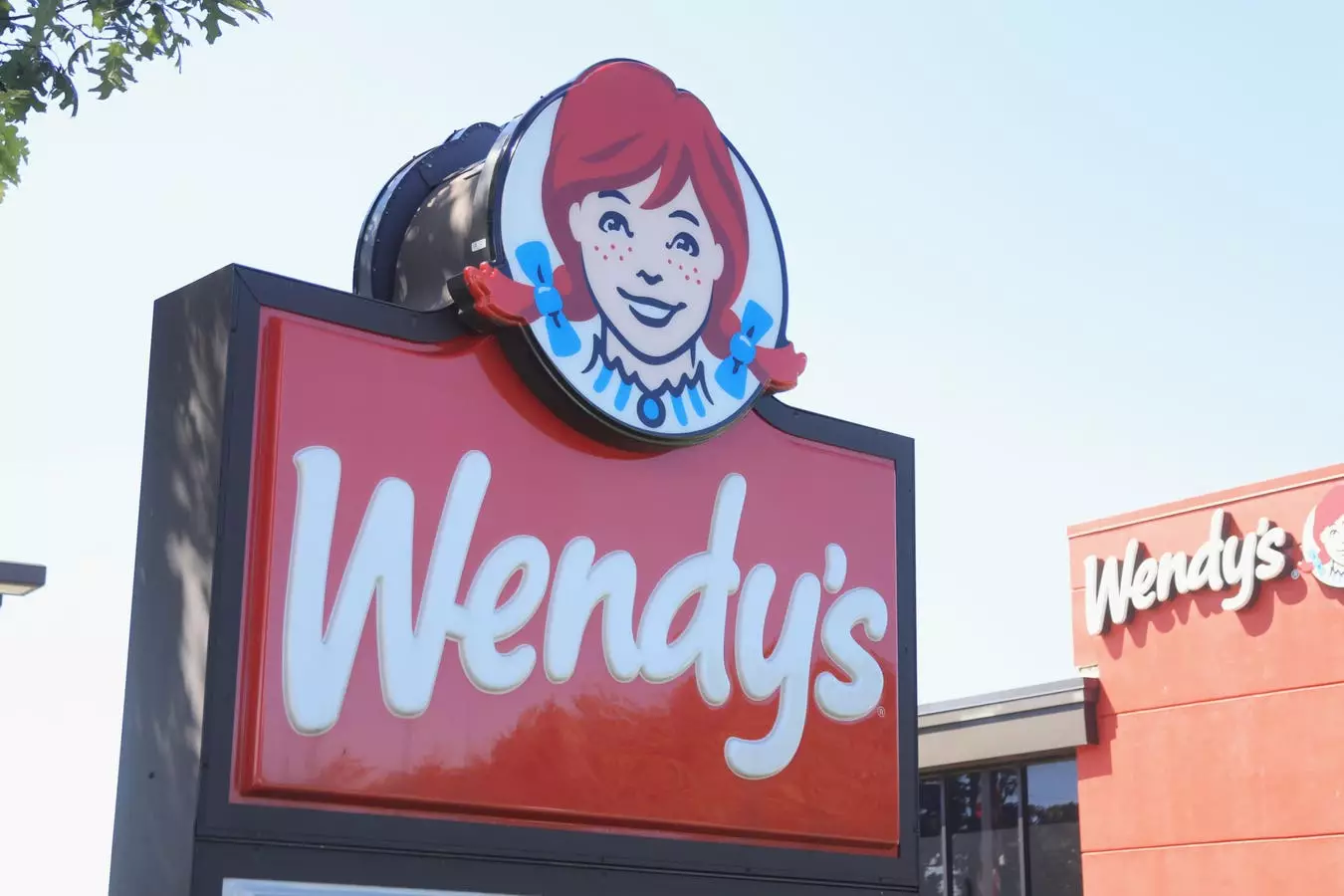Wendy’s new president and CEO, Kirk Tanner, made waves during his first month on the job by announcing a plan to implement dynamic pricing to increase the company’s margin opportunities. This move was met with criticism from many who argued that food is a non-discretionary category of spending, and changing prices based on demand could unfairly disadvantage lower-income families.
Consumers have come to expect dynamic pricing for services like plane tickets and Uber rides, but applying this strategy to basic essentials like food raises concerns among the public. Many perceive Wendy’s plan to use technology advancements in this manner as a way to exploit lower economic classes by charging more for products when demand spikes.
After facing backlash over the dynamic pricing statement, Wendy’s issued a statement clarifying the intention behind the company’s initiatives. They emphasized that the introduction of digital menu boards was aimed at offering more flexibility in showcasing featured items and providing discounts and value offers, especially during slower times of the day.
Despite the company’s reassurances, it was evident from the earnings call that Wendy’s $30 million investment in digital menus using AI technologies was primarily intended to boost profits through price adjustments and suggestive selling. This focus on increasing margins through technology raised concerns about the company’s commitment to customer welfare.
Wendy’s misstep in communicating its pricing strategy allowed competitors like Burger King to capitalize on the situation by offering discounts and making light of Wendy’s perceived profit-driven approach. Burger King’s tweet mocking Wendy’s for considering surge pricing further fueled the public’s skepticism towards Wendy’s pricing strategies.
Lowering prices during slower times can have two significant benefits for Wendy’s – reducing waste and aligning customer demand with staffing needs. Strategies like happy hour specials and early bird discounts are proven methods to drive sales during off-peak hours without compromising margins.
While CEO Kirk Tanner faced public scrutiny for Wendy’s pricing strategy, it’s important to note that these statements are typically prepared and approved in advance by the company’s media team. However, given Tanner’s extensive experience at PepsiCo, it is surprising that he overlooked the potential backlash associated with dynamic pricing, especially in the food industry.
Overall, Wendy’s pricing strategy highlights the delicate balance between maximizing profits and maintaining customer goodwill. The company’s emphasis on technological advancements to drive sales raises questions about its commitment to customer value. As Wendy’s navigates this controversy, it will be essential to prioritize transparency and customer-centric strategies to rebuild consumer trust and loyalty.


Leave a Reply